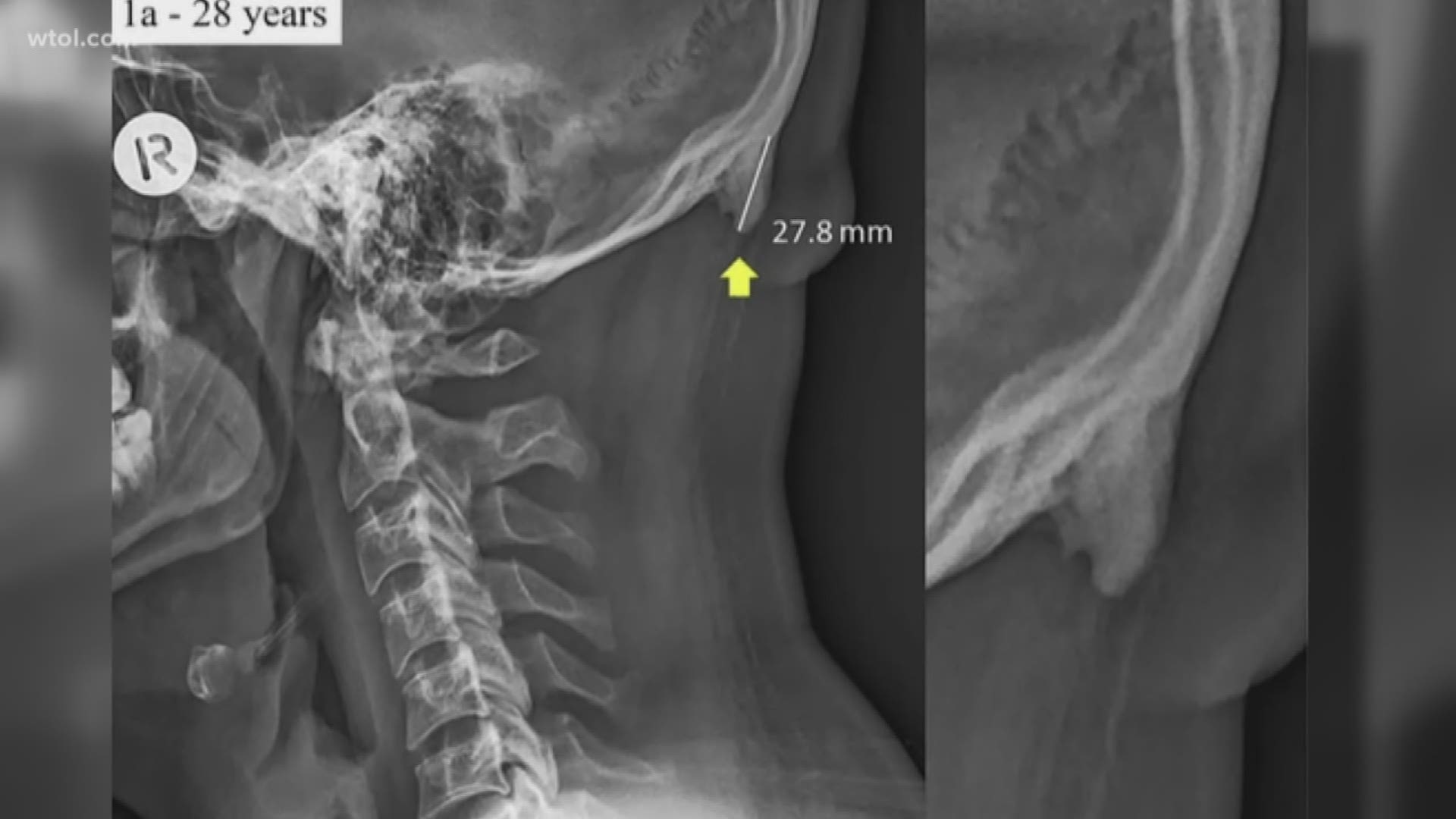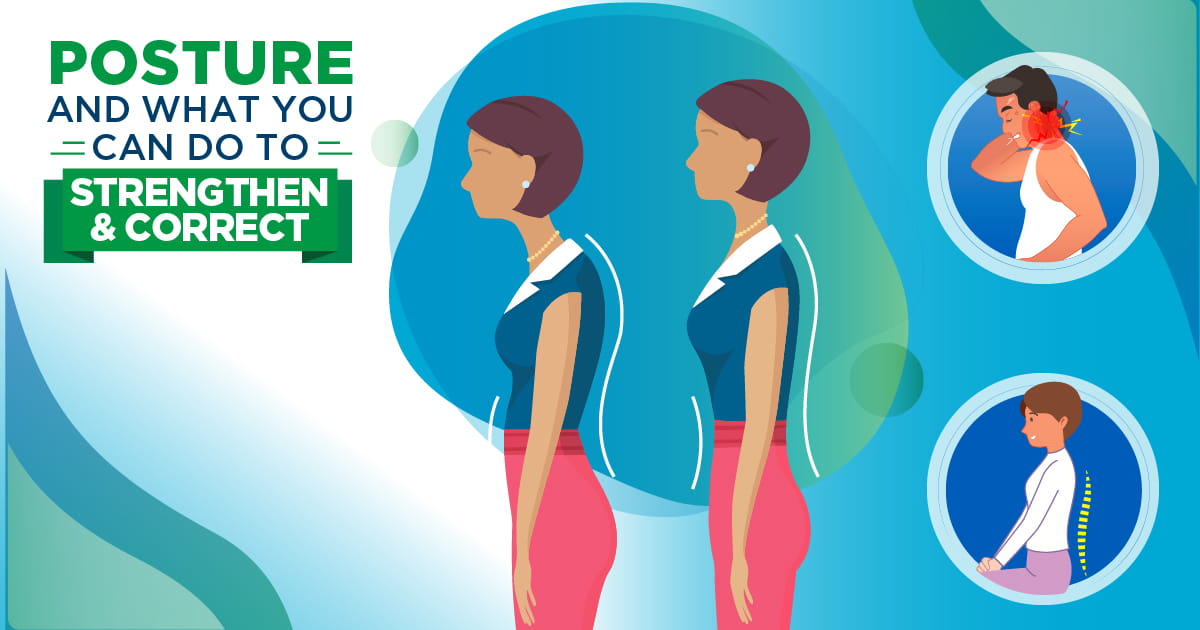TOLEDO, Ohio — Tech neck.
It's that pain you feel in your neck, back and shoulders when you've been spending too much time hunched over your phone or computer.
But something else could be going on back there.
Australian researchers say people are growing horns on the base of their skulls, the latest consequence of a population addicted to technology.
"Signs you're spending too much time on tech are frequent neck pain, headaches often moving to the front of the head, pain radiating down your arms, and tightness in the shoulder blades," said Mercy Health physical therapist Isaac Villa.
"It's extremely common because we all kind of live in this forward flexed position. Shoulders rolled forward, neck rolled forward, and we're all guilty of spending a little bit too much time on an electronic device or computer and that goes back to how we position ourselves."
It's preventable and comes down to bad posture.
Doctors say for every five degrees you lean forward, that's an additional 10 pounds of weight on your neck.
"So when you're at 40 degrees, you're adding almost 40 pounds," said Dr. Jason Smith, Mercy Health medical director of sports medicine. He says whether or not we're growing additional bones or bone spurs, really doesn't matter.
"It certainly could suggest there's a connection. Is there a direct connection? A partial connection? I think there's more information that needs to be looked at.
But, why would we look? I mean, why am I getting an X-ray of the skull? It's unnecessary radiation to the brain when it's not going to change what we're going to do medically from a treatment standpoint. We're going to treat these patients as if they had a posture issue in their upper back and neck, something we call Upper Crossed Syndrome, and it's extremely common because we all kind of live in this forward flexed position."
The good news is you can do some things to counteract the damage you're doing.
"What I tell people is if you're in a position for a long period of time, set a timer," said ViIla.
Take frequent breaks and do some exercises for your neck and back.
"Working on your middle of your back, your lower back and working on stabilization through those muscles. Make sure to maintain a nice neutral position, keeping the back nice and tall, and trying to avoid that slouched position a lot of us find ourselves in," Villa said.
"If someone comes in here, that's usually where I'll start. 'What's tight?" and then, 'What's weak?' A lot of people want to fix the weak stuff first, but if you're stuck like this, and you're trying to squeeze your shoulder blades back, nothing's gonna happen. We have to loosen the stuff that's tight and strengthen the stuff that's weak. If we can get that combination, that's when things will be better."
Doctors say it's like anything else. The first step is admitting you have a problem.
Whether it becomes a long term, painful problem is up to you.


